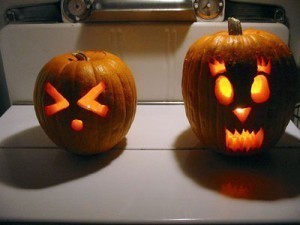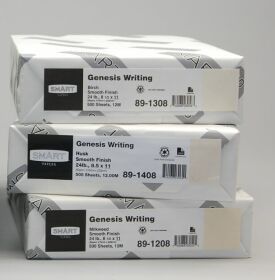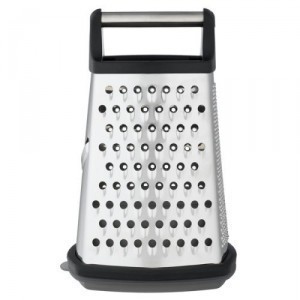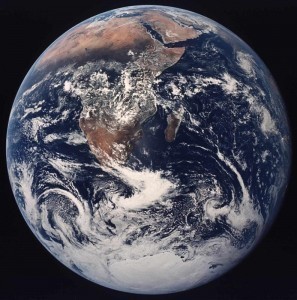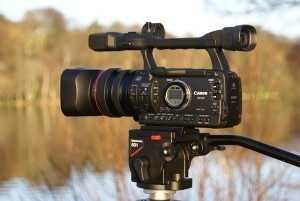Size of a Beakers
A beaker is a glass container used for mixing, heating and stirring chemicals and liquids in labs.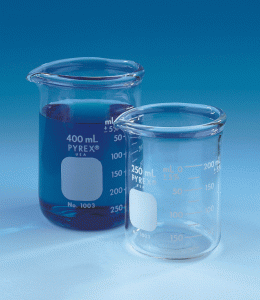 These are also called laboratory beakers to distinguish it from the beaker used for beverages.
These are also called laboratory beakers to distinguish it from the beaker used for beverages.
Size of the Beakers
These containers are available in various sizes. The smallest can hold 1 ml while the biggest can hold several liters. The low form or standard beaker has a height 1.4 times its diameter. The Griffin form beaker is the standard low form that comes with the spout.
The Berzelius beakers are the tall form. Their height is twice their diameter. The most common sizes are 50 ml, 100 ml, 150 ml and 250 ml. The 150 ml beaker is used by many students.
However, the 250 ml is preferred by others because it can perform multiple tasks. Other sizes used are 400 ml and 600 ml. A large beaker can be employed for tasks similar to a small beaker, so it has an advantage.
Whatever the size of the beakers used, it will likely have markers to denote various ml lines. A 300 ml beaker might have lines indicating the 50, 100, 150, 200, 250 and 300 ml mark.
Characteristics
The beaker usually has a cylindrical shape. There is a lip used for pouring. The bottom is flat. The beaker differs from the flask in the sides’ shape: it is straight. The only exception is the Philips beaker which is conical in shape.
Majority of beakers are made from borosilicate glass. However there are also beakers made from aluminum or stainless steel. There are also some beakers constructed of plastic (i.e., polypropylene).
The polypropylene beaker is often used for the gamma spectral analysis of solid and liquid samples. The amount of samples that can be taken depends on the size of the beaker.
The lip on the beaker means it has no cover. However, a watch glass can be used to cover the beaker when it is used. This stops contamination but the spout still allows venting.
Beakers and Graduated Cylinders
Both are used in labs and both are usually made from glass. The main difference is that graduated cylinders are more precise at assessing liquid volume measurements. The measurements on the beaker are not as accurate as those on the graduated cylinder.
However, the beaker is more suited for liquid mixing and stirring. The beaker is wider than the graduated cylinder. This is the reason why it is more adept at mixing liquids and chemicals.
The graduated cylinder has measurements akin to those on the measuring cup. To assess the volume, one looks at the markings by the lowest part at the glass. If you take a reading prior to inserting the object in the cylinder and then putting the object in, you can tell the object’s volume. It also becomes possible to assess the density.
The size of beakers is not the only thing buyers should look out for. The material used for the container must also be considered. Fortunately, the product specifications will be provided by the vendor.
